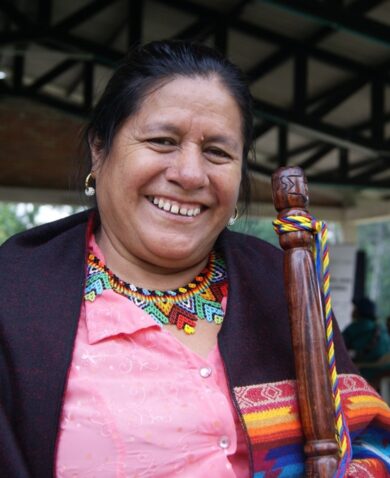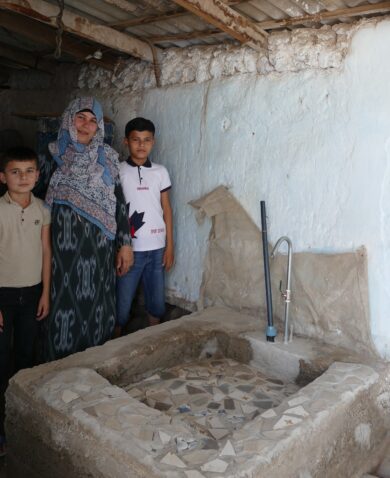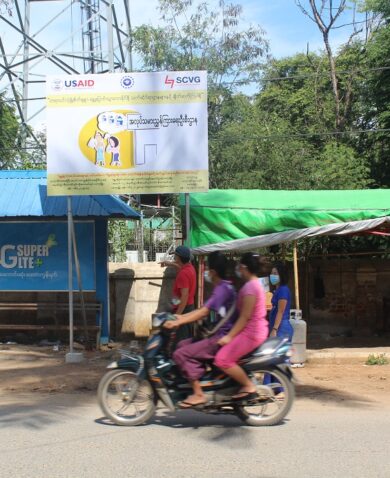Youth and Gender Justice Project
Guatemala’s justice system is vital for the protection of its most vulnerable citizens, including youth, women, indigenous people, and LGBTQI populations. The Guatemalan justice system struggles to fulfill its obligations in the administration of justice, particularly in how it handles juvenile justice, gender-based violence, and human trafficking. USAID’s Youth and Gender Justice Project aims to improve the Guatemalan justice system’s services for victims of violence and reduce the repetition of criminal behavior (recidivism) among juvenile offenders. The project works to rebuild public confidence in the system and empower the country’s most vulnerable communities to transition from victims of violence to survivors. In turn, a key part of the project involves tailoring system approaches to the distinct needs of vulnerable populations.


































































